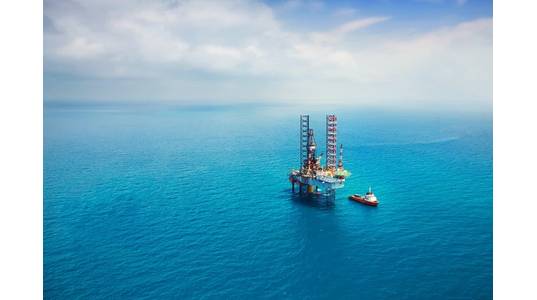
Battered oil and gas drilling companies are finally seeing piecemeal signs that the prices they charge for offshore rigs are bottoming out with Brent crude selling for more than $80 a barrel and some are forecasting a full turn in the market by 2020.
At the depths of a global slide that took oil below $27 a barrel in early 2016, daily rates for leasing the most sophisticated floating drilling rigs had fallen to just $180,000 from $500,000 a day, as producer returns from North Sea, Latin America and Canadian drilling evaporated.
Transocean Ltd, a top supplier of drilling vessels, said last month that rates for its new high-spec vessels in the North Sea are now fetching $300,000 a day.
Drillers have been predicting an upturn for more than a year only to disappoint but debt ratings firm Moody's Investors Services said last month that it believed 2018 could mark the low point for industry earnings.
In addition to higher crude prices, analysts and industry players say a wave of consolidation is expected to help remove excess capacity from the market.
Transocean last year acquired rival Songa Offshore SE and recently agreed to buy deep water expert Ocean Rig UDW for $2.7 billion.
London-based Ensco Plc took over Atwood Oceanics for $1.76 billion last year and this month struck a $2.38 billion deal to buy smaller rival Rowan Cos Plc and its stake in a joint venture with Saudi Arabia's Aramco.
Tie-ups with state run giants like Aramco and Qatar Petroleum are expected to boost rates in the Middle East for drillers in the jack-up - or shallow water - rig market, while the U.S. Gulf of Mexico and West Africa are already showing signs of recovery, Rystad Energy analyst Oddmund Fore said.
"A significant number of units need to be re-activated to meet the growing demand and also an upwards pressure on utilization so ... we will see a substantial uptick in rig rates," he added.
North American oil producers are facing pipeline constraints in their onshore operations, particularly at the United States' largest oil field in the Permian basin of West Texas and New Mexico. The U.S. rig count, which hit 869 on Oct. 12, has largely been flat since June.
Recent auctions of offshore blocks in Brazil, Mexico and large discoveries off Guyana point to future demand for drill ships.
Royal Dutch Shell Plc and Chevron Corp bid heavily to clinch stakes nL2N1WE0B6 in Brazil's offshore oil play last month and research firm IHS Markit expects 2020 global offshore rig demand to average 521 units, up from a 2018 estimate of 453 units.
"We really see (the) ultra-deepwater drilling market turning up," Transocean CEO Jeremy Thigpen said during a conference call in Oslo last month.
In September, Transocean extended a crucial rig deal with Brazil's state-run oil company Petrobras, while Noble Corp has signed a new drilling contract in the Middle East for its new jack-up rig and expects rising demand into 2019.
"I think the path to recovery is quite clear for us all now ... and, dare I say it, we are seeing the green shoots of a recovery," Diamond Offshore CEO Marc Gerard told a Barclays energy conference last month.
(Reporting by John Benny; editing by Patrick Graham)



